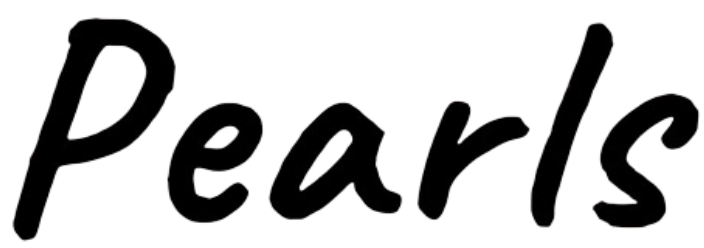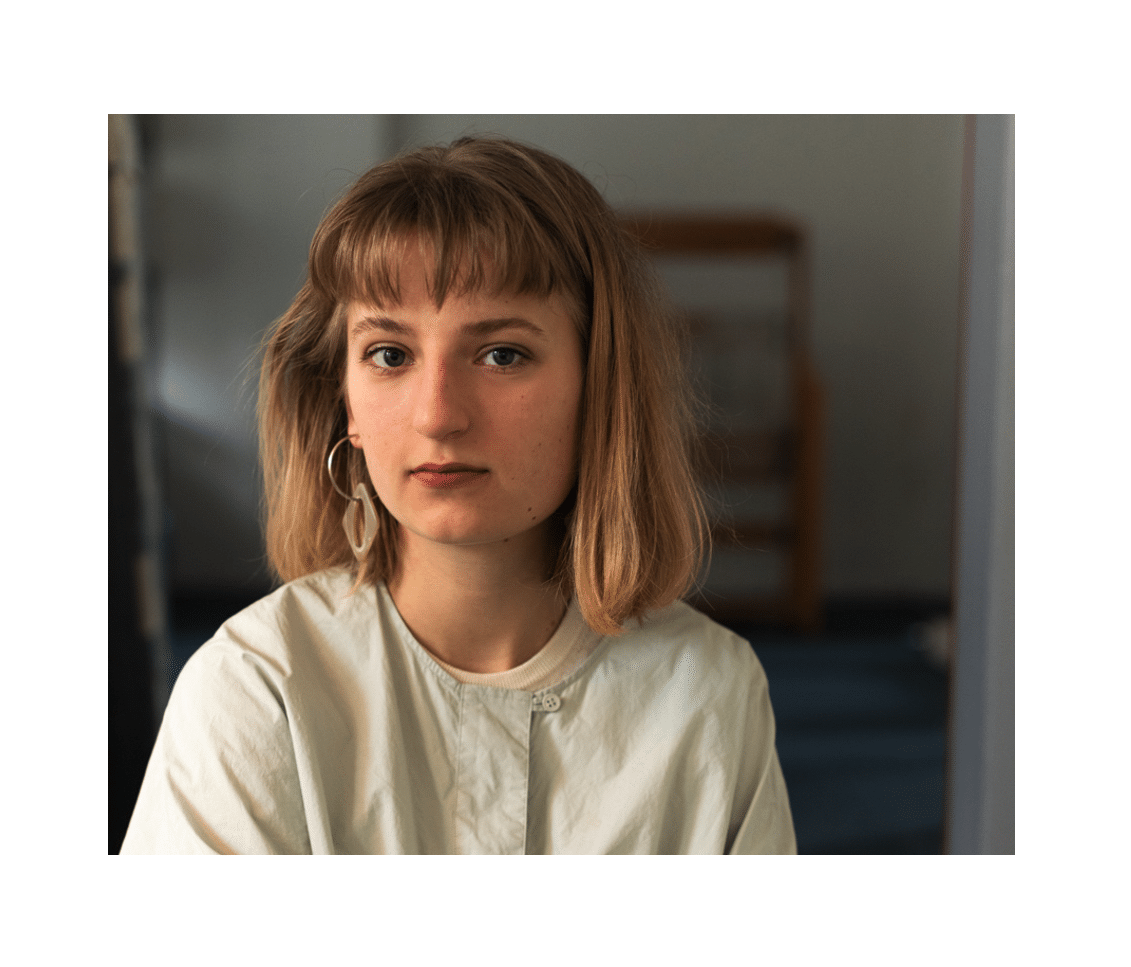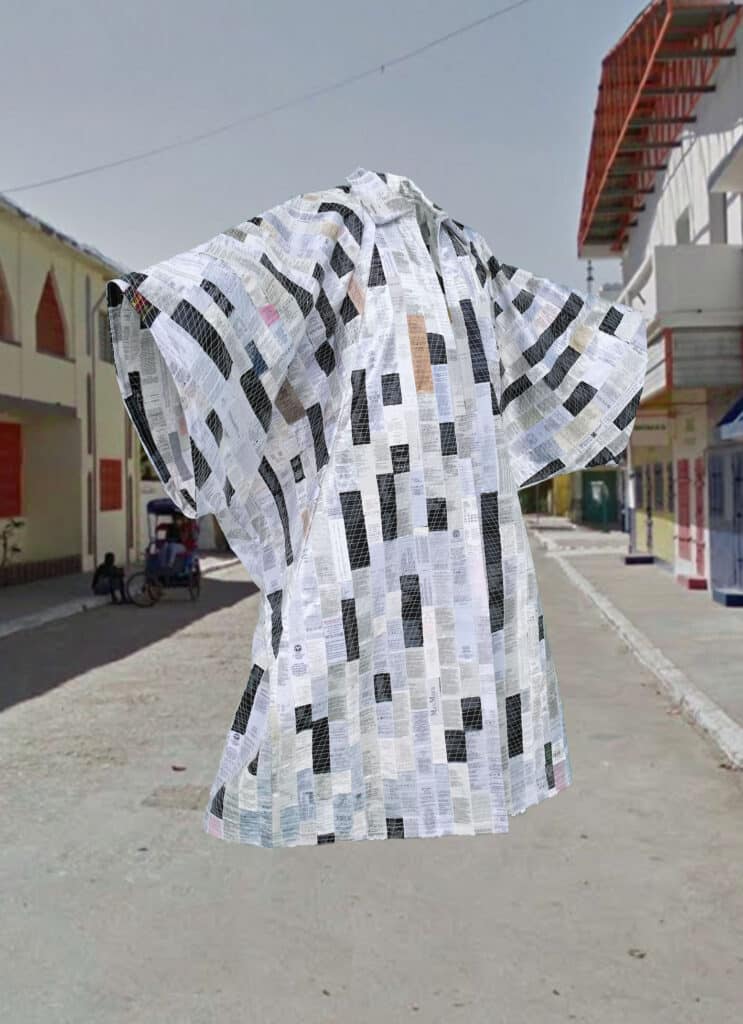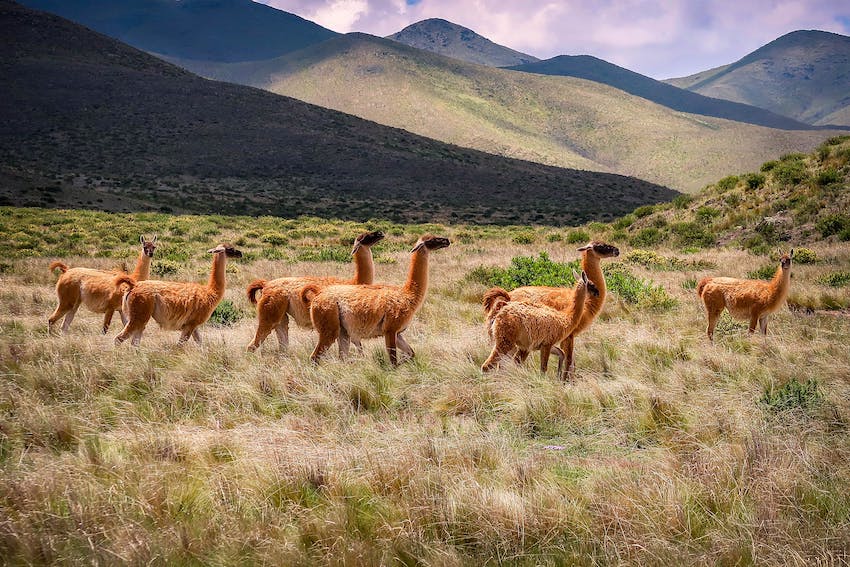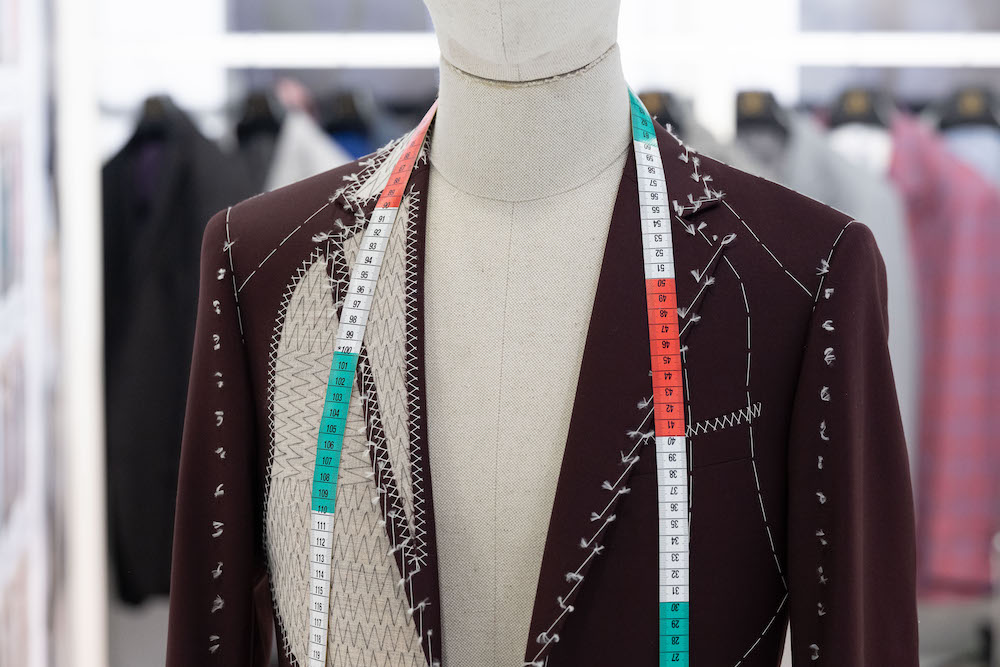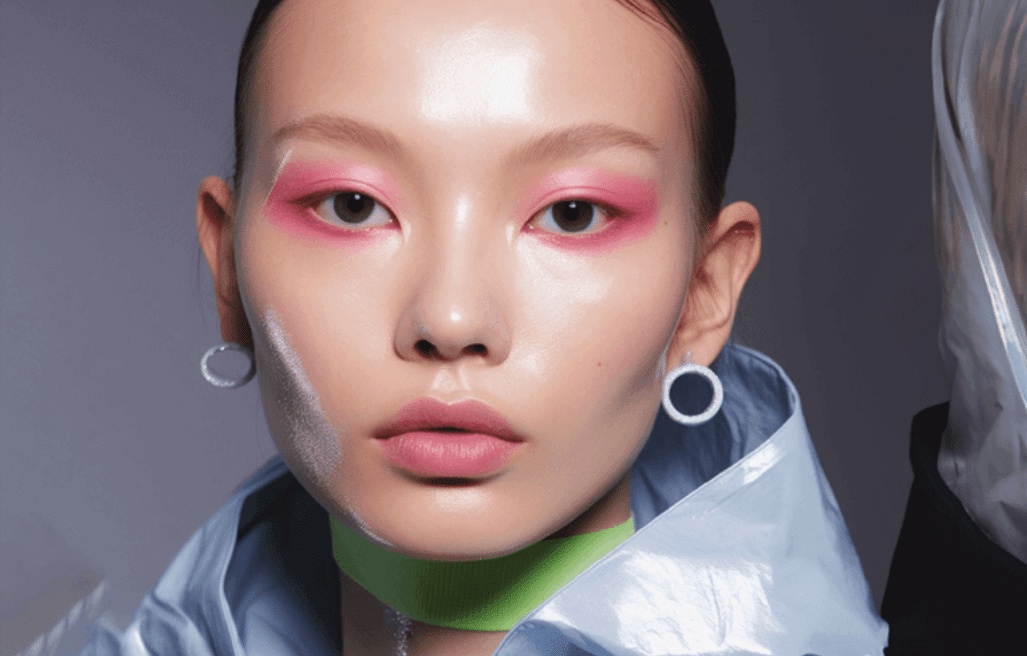Lena Winterinck is Dutch and works in her design studio in Amsterdam. For her, artistic research and experimentation on materials such as textiles, giving meaning to our existence, are essential. As a graduate of the Eindhoven Design Academy in 2019, she never studied textiles but tamed them as a versatile tool for conveying messages.
“What I love about textiles is that they are everywhere, inside and out. They are always around us“, explains Lena. That’s why she chose to express herself through this material because it makes communication easier. “On the other hand, fashion is a difficult term to understand these days… “
Why?
What I find beautiful is the connection we have with the different materials we wear and the way we express ourselves. Fashion protects us from temperatures, but it also gives us an identity. The other connotation is that of the fashion industry, which must absolutely be consumed.
What would you change?
In my opinion, there is a reproduction of many already existing materials. Fashion today tries to convince people to constantly reinvent their identity through styles. I think instead, we have to be aware of the type of materials we wear. Varying styles is an interesting way of thinking, but it leads to new needs every day and inevitably forces consumption.
How do you work fashion?
I don’t necessarily focus on fashion. However, my experiments with textiles are of course related to fashion and, generally, we associate textiles a lot with fashion. I use design and different tools to see what the different perspectives are, but also to give people the freedom to associate with those perspectives.
Usually I notice something around me. I observe my feelings and try to understand what it sounds like and if people feel the same. From there, I try to connect people to the material. And this material is textiles. I want to see if I can use the textile to allow other people to understand what I discovered.
Your projects are very original: what are they about?
The materials I use are mostly designed by myself.
The “Made In” project was born out of a question posed by the National Museum of World Cultures (exhibition at the Tropenmuseum Amsterdam). The project leaders asked four designers to create a new work from objects in their collection on the theme of plastic and the relationship they have with it.
The objects were made from different materials from different places in the world and from local sources. They were all functional. Manufactured and used locally. During my creation phase, I asked myself: “What is the local material here in Holland? Do I know at least one?”
One of the items featured was a hat made from recycled plastic. A piece of plastic found in Kenya. I was expecting a local or other natural African fiber, but I quickly realized that with globalization, everything can be considered local. And why not plastic?
I also made another project with labels indicating the composition of the clothes to make a shirt. The shirt itself is made from a patchwork of labels! And these indicate the place of manufacture of each garment, the famous “Made in”… But obviously, as we already know, this does not mean that the materials come from the country indicated by the Made in, nor that all the manufacturing steps were carried out in this country…. This work allowed me to highlight the transparency of our clothes. Help people become aware of the labels and the composition of what they buy.
“The most important thing when you wear a garment is to know what story is behind. »
Lena Winterink
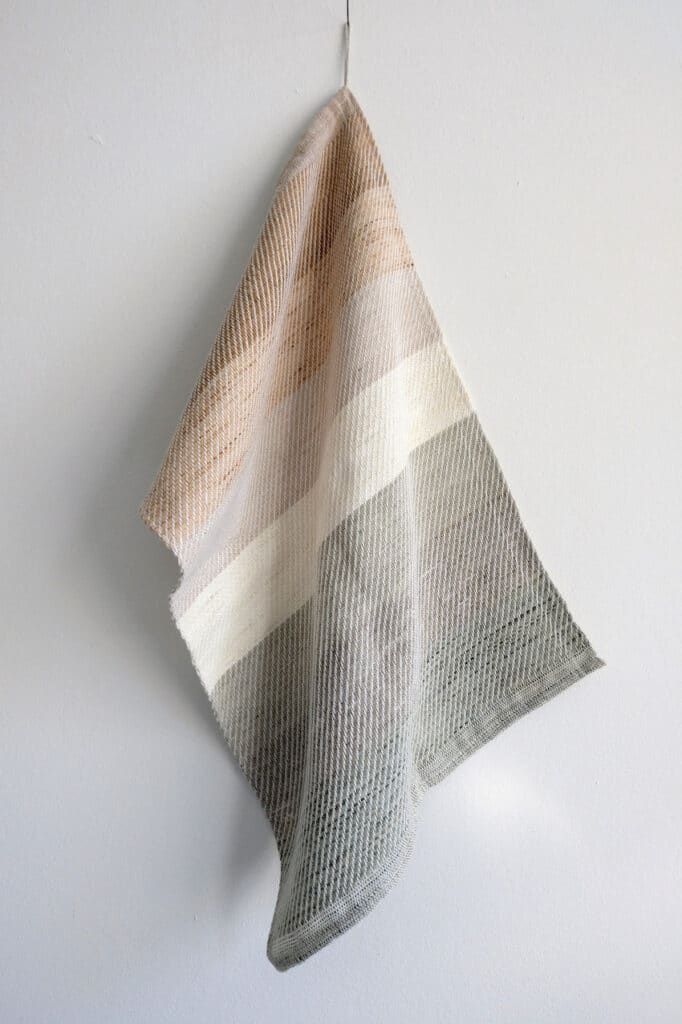
I also experimented with vegetable dyeing a bath towel with coffee. Going back to natural products and their origins allows us to discover many things. We don’t usually know that coffee is green and turns brown when roasted!
What inspires you?
What I like the most is looking around me. Watching fascinates me! I observe the patterns and repetitions of something small to enlarge it: to give it value because often what is small remains insignificant… I like to examine what has value and what does not. When do we consider something valuable?
For example, when you find trash on the street, it’s trash cans. And when you put them in a museum, it’s art… So I ask you the question: what value do you give to things?
A candy that you loved to eat on vacation, for example. You find the paper for this candy months later in the pockets of your backpack. You’re probably not going to throw it away because you give it a special emotional value that sends you back to the place, the people, and the vacation. And you will remember it…
“When I’m in my studio, I always wear my pink glasses! (way of talking)
I try to find what others don’t see.”
Do you work alone?
As I am not a textile expert, I like collaborating with other people who have techniques and who know the stories behind all the materials. My job is to transform them in a more tangible way.
Many techniques are traditionally functional and many functional projects already exist; Personally, I like to emphasize the beauty of the manufacturing process.
Visit Lena Winterink’s website
Portrait : Pauline Walzak / Photo of the exhibition : Rick Mandoeng.
